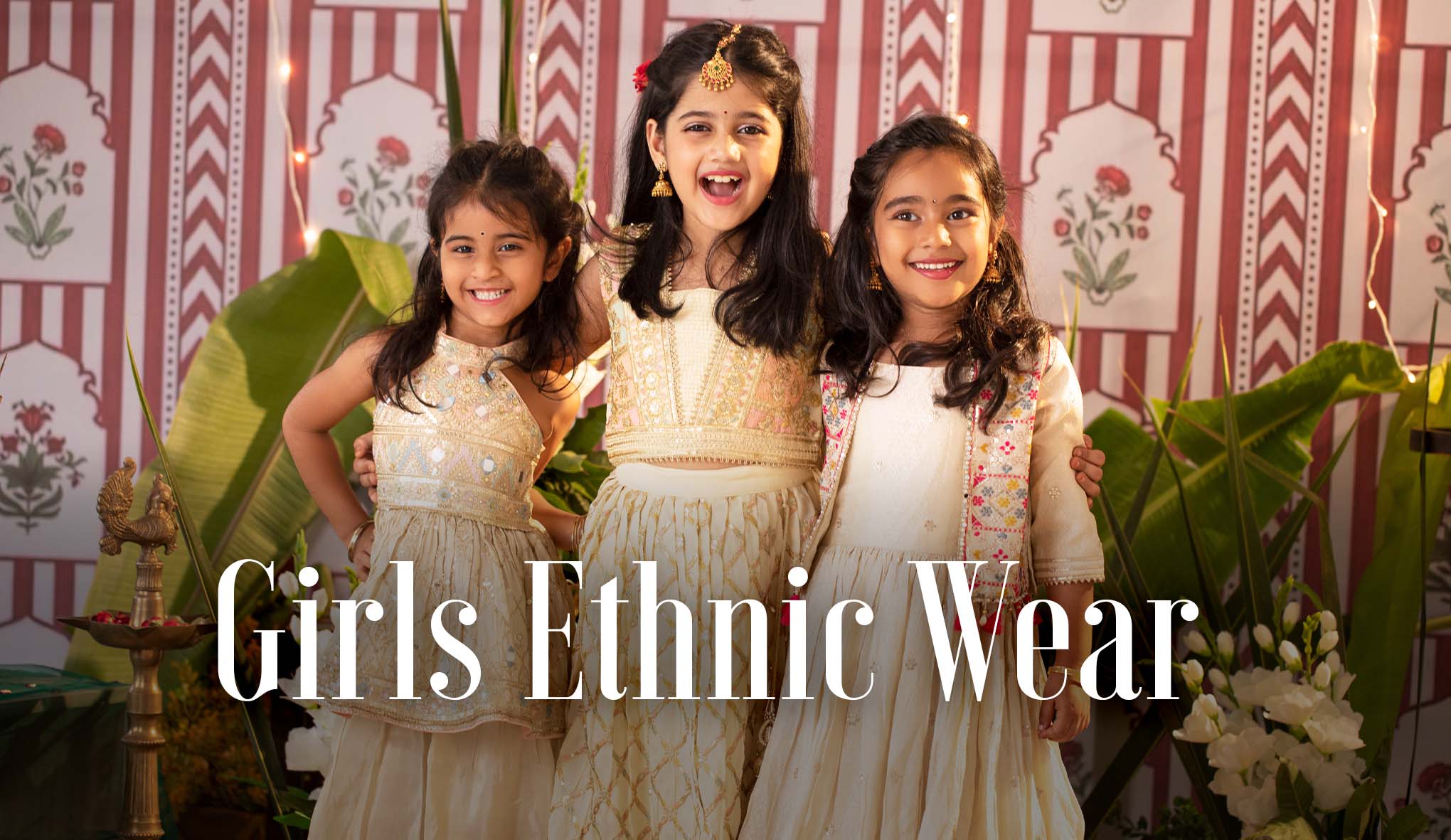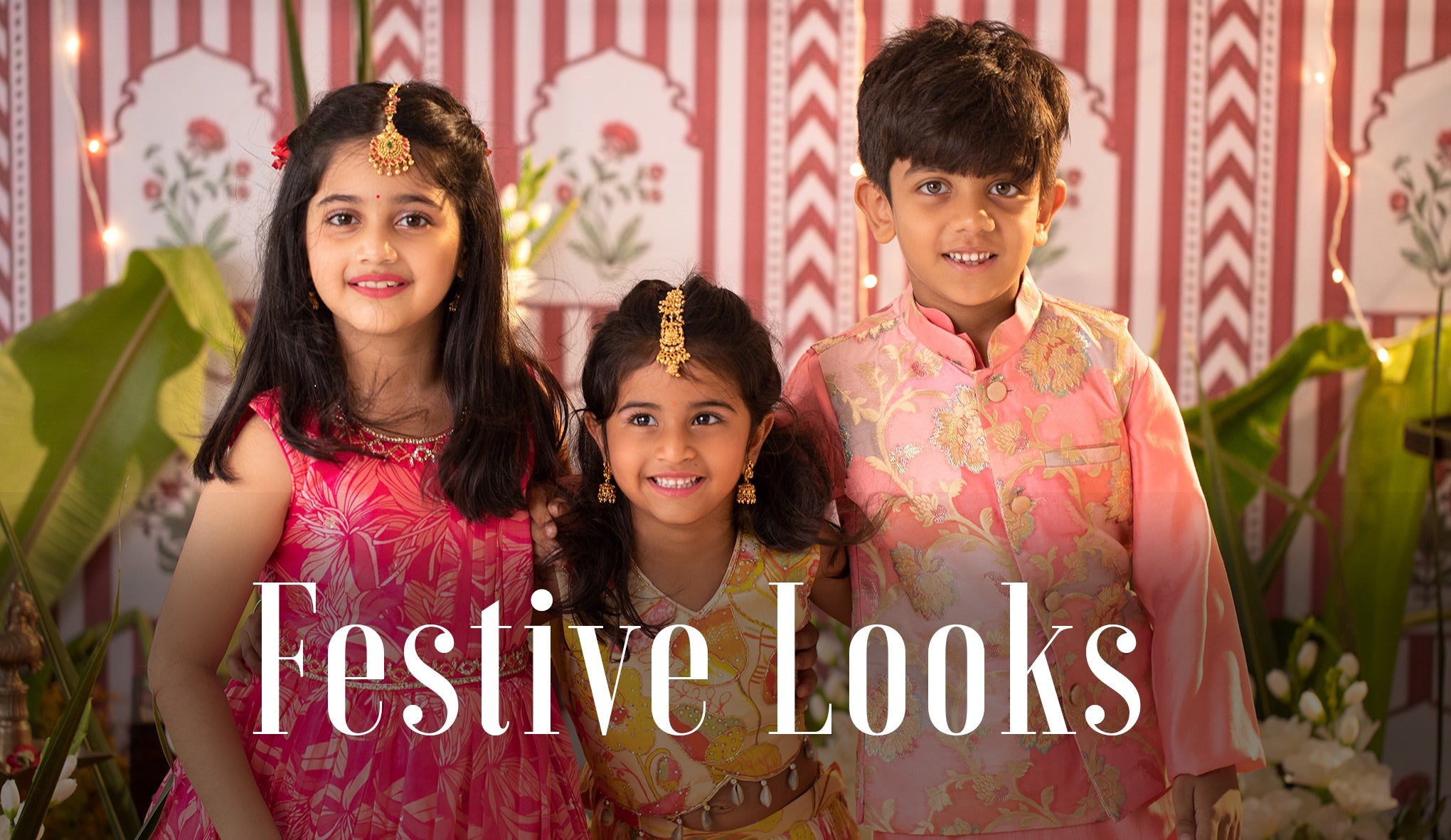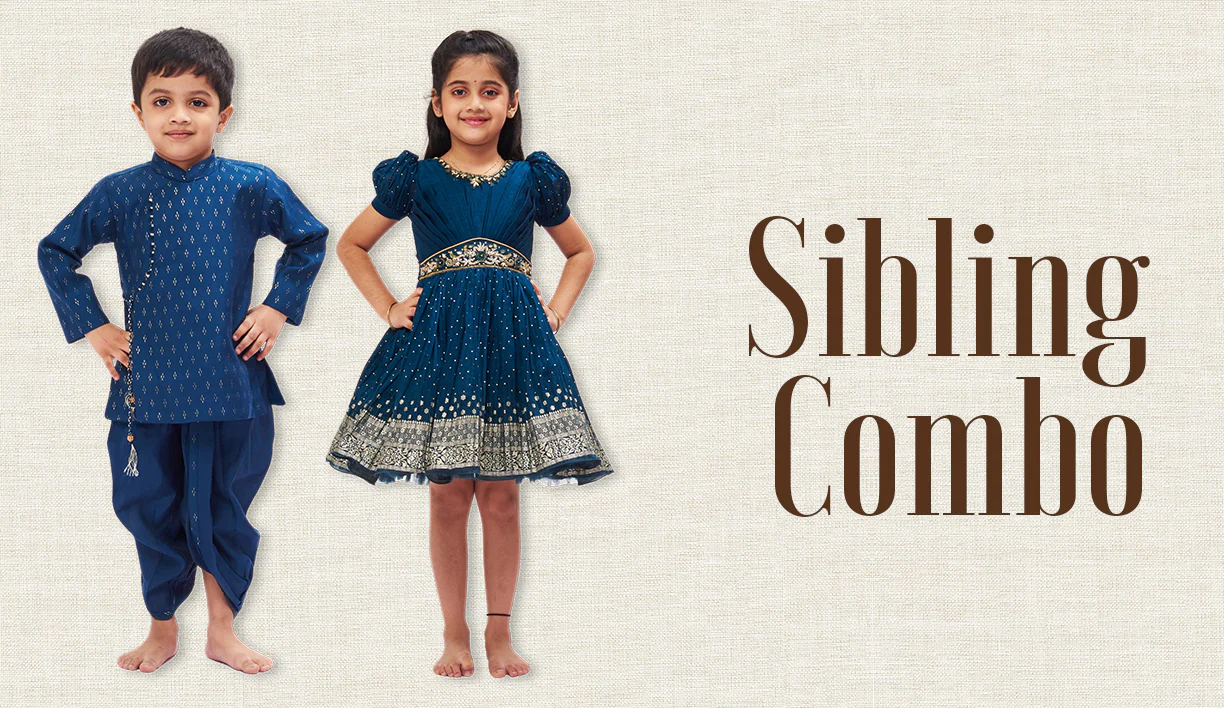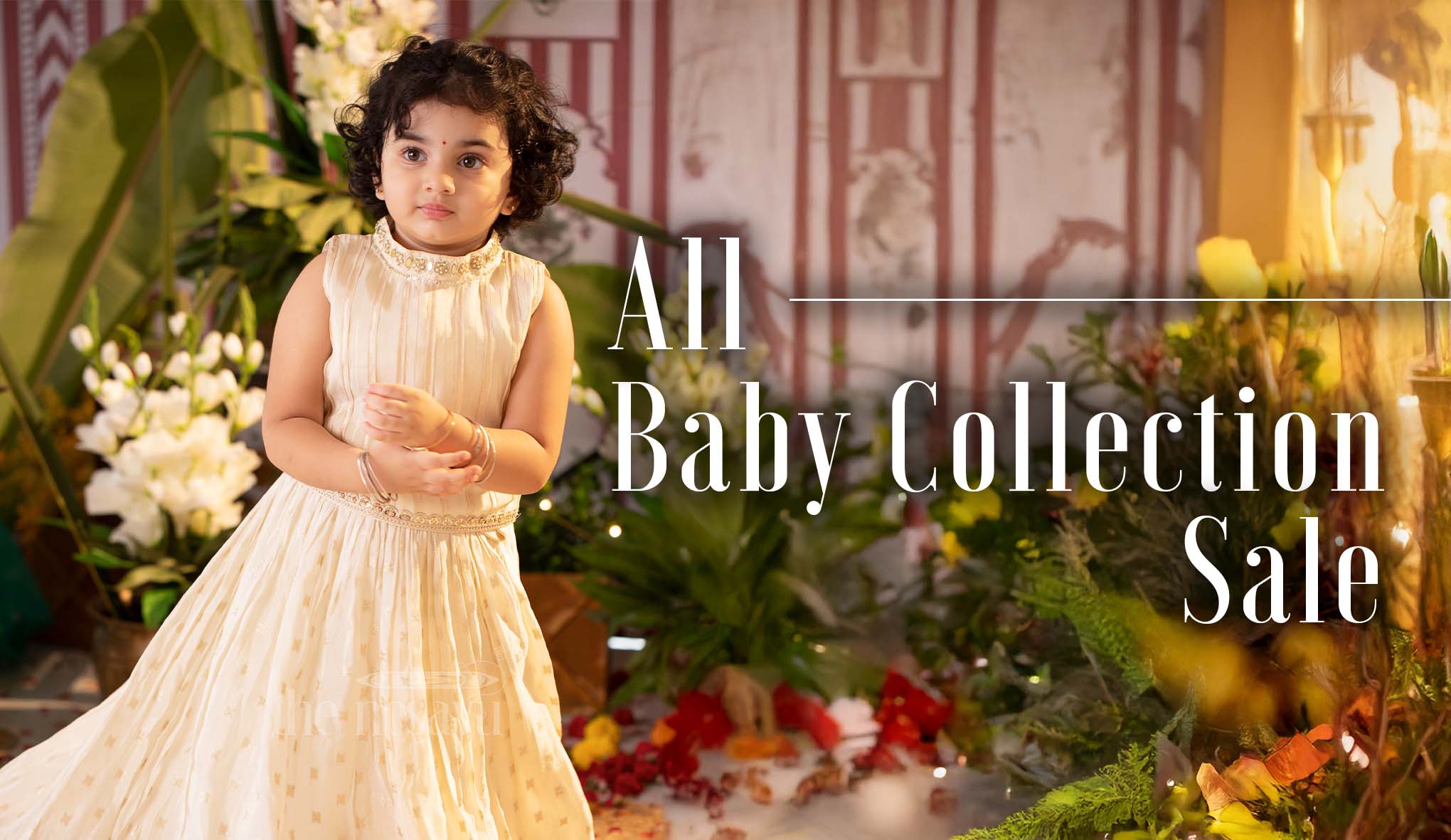Kalamkari Confluence: Comparing the Distinctive Styles of Machilipatnam and Srikalahasti
"The Differences between Kalamkari of Machilipatnam and Srikalahasti: An Exploration of the History, Design, and Techniques of these Traditional Indian Arts"
Introduction:
- Kalamkari is a traditional Indian art form that involves painting or block printing designs onto fabric
- There are two main centers for Kalamkari production: Machilipatnam( also known as Masulipatnam) and Srikalahasti
- These two regions have different histories, designs, and techniques associated with their Kalamkari
Machilipatnam:
- Machilipatnam is a historic town in Andhra Pradesh where Kalamkari has been practiced for centuries
- It is known as "addakam" and was used to decorate Buddhist sacred places and exported to other countries
- Machilipatnam has a secular philosophy and is known for designs such as the tree of life, flowers, and birds
Srikalahasti:
- Srikalahasti is a pilgrimage town in Andhra Pradesh, known for its Kalahasteeswara temple
- Initially, Kalamkari was used to create decorative hangings for the temple, but later shifted to clothing and other items
- Srikalahasti's Kalamkari is inspired by religious beliefs and portrays stories from Puranas like the Ramayana and Mahabharata
Principles:
- The main difference between Machilipatnam and Srikalahasti's Kalamkari is that Machilipatnam's is secular and Srikalahasti's is religious
Design Process:
- Kalahasti uses Kalams, while Machilipatnam uses blocks
- Kalahasti's background color is usually red or black, while Masulipatnam's is cream or white
- The process of dyeing and using resist is different between the two regions
- Machilipatnam's design is done with wooden blocks, while Kalahasti's is based on the individual's creativity.
Conclusion:
- Kalamkari is a traditional Indian art form that has been passed down for centuries
- Masulipatnam and Srikalahasti are two main centers for Kalamkari production
- These regions have different histories, designs, and techniques associated with their Kalamkari
- Kalamkari from Masulipatnam is secular and focuses on designs like the tree of life and flowers, while Kalahasti's Kalamkari is religious and portrays stories from Puranas like the Ramayana and Mahabharata. The art of Kalamkari is an incredible example of how an ancient craft can remain unchanged and magnificent in its simplicity, despite absorbing numerous influences. It is important to note that both the regions Kalamkari has its own vocabulary and distinct character and that is what makes it unique.























Leave a comment